The city of Badami in Northern Karnataka, formerly as Vatapi, was the capital of one of the grestes and most enduring dynasties in Southern India – the Chaluyas. There were three brances of the chalukye, the first of them being the ‘Badami Chalukyas’, who reigned from here from 543-753 CE.
The valleys of the Mallaprabha (where Badami lies0 and the Chataprabha (both tributaries of the Krishna River) formed the very fertile heart of the farm-based economy of this early empire. Nestled in an imposing ravine that cuts through the heart of the sandstone landscape by the are remnants of a bygone era.
The story of Badami goes back hundereds of thousands of years, to when early humans using chopper-chopping tools of the Lower Palaeolithic perios lived here. But it was in the early lron Age that Megalithic peoples reallu settled in this region, which is dotted with a number of their burial sites. These are primarily stone dolmens or funeray monuments in stone.
The Badami cave temples are located in the town of Badami in the north-central part of Karnataka, India. The temples are about 88 miles (142 km) east of Belgavi (IATA Code: IXT), and 87 miles (140 km) northwest of Hampi. The Malaprabha River is 3 miles (4.8 km) away. The cave temples are 14 miles (23 km) from the UNESCO world heritage site Pattadakal and 22 miles (35 km) from Aihole – another site with over a hundred ancient and early medieval era Hindu, Jain and Buddhist monuments.
Badami, the one time capital of the Chalukyas , is noted several temples, some structural & other rock-cut, of the 6th & 7th Centuries. The foundations of Badami, or Vatapi as it was called, were laid by Pulakeshi I (535 – 566 AD) his son Kirtivarman, the Ist (567 – 598 AD), beautified the town with temples & other buildings
Mangalesha (598 – 610 AD) brother of Kiritavarman I completed the construction of the cave temples & endowed the temples with the village on the occasion of the installation of the image of Vishnu. The greatest ruler of the dynasty was Pulakeshi II (610-642 AD) who among others defeated the Pallava King Mahendra Verman I. The Pallava later captured & destroyed Badami to avenge their defeat Badami was also in the possession of the Vijayanagar Kings, The Adil Shahis, The Savanur Nawabs, The Marathas, Hyder Ali & finally the British who made it part of the Bombay Presidency.
Badami Caves
1 km, this group of 4 cave temples have been carved out of the hill opposite Badami fort. The Chalukyan king, Mangalesa(598-610)AD)was responsible for the completion of these cave temples. Of the four, three are Brahmanical, while the fourth is Jain. Nearly 2000 steps have to be climbed to reach the cave.
Cave I

This is Shaivite cave. The important carvings in this cave are an 18-armed dancing Shiva, a two-handed Ganesha, Mahishasura Mardini, Ardha Nareeshwara & Shankarnarayana. The ceiling is adorned by a serpent motif & other carved figures.
Cave II

This cave has Vaishnavite influence with panels of Trivikrama & Bhuvaraha. On the ceilings are carvings of Anantasayana, Brahma, Vishnu, Shiva &other Ashtadikpalas
Cave III

Another flight of steps takes one to the third cave which is the largest & the best of the lot. This cave has carvings pertaining to both Shaivite & Vaishnavite themes. Panels of Trivikrama, Narasimha, Shankaranarayana, Bhuvaraha, Anantasayana & Harihara are engraved in a vigorous style. An inscription found here records the creation of the shrine by Mangalesha in 578 AD. There are some fine bracket figures on the pillars of this cave
Cave IV
Lying to the east of cave three, the fourth cave is Jain. There is an image of Mahavira adorning the sanctum. Other carvings here are of Padmavathi & other Thirthankaras. Asteep climb up some steps cut in a crevice between Cave II & III leads to the southern part of Badami Fort & to an old gun placed there by Tippu Sultan.
Badami Fort
2 Kms. Strategically situated on top of the hill, the fort encloses large granaries, a treasury impressive temples on top of the northern end of the hill. Malegitti Shivalaya, perhaps the oldest temple of the lot, is dedicated to the benign aspect of Shiva as the garland maker. Placed on the summit of a rocky hill, the temple is built of stone, finely joined without mortar, & with Dravidian tower. The lower Shivalaya has a Dravidian tower of which only the sanctum remains now.
There are some more temples in Badami town & several of them dotting the banks of a well-built tank locally called the Agasthya Tirtha.
Food Specialities
No specialty restaurants are available at Aihole. Moderate Indian Style Restaurants are available in Badami Town. Chinese & Continental Food can be served by the Hotel Mayura Chalukya on advance notice



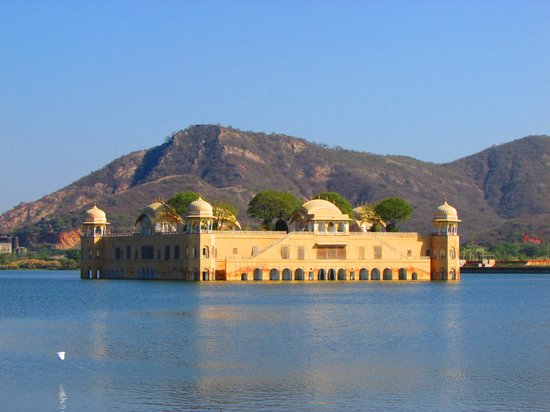
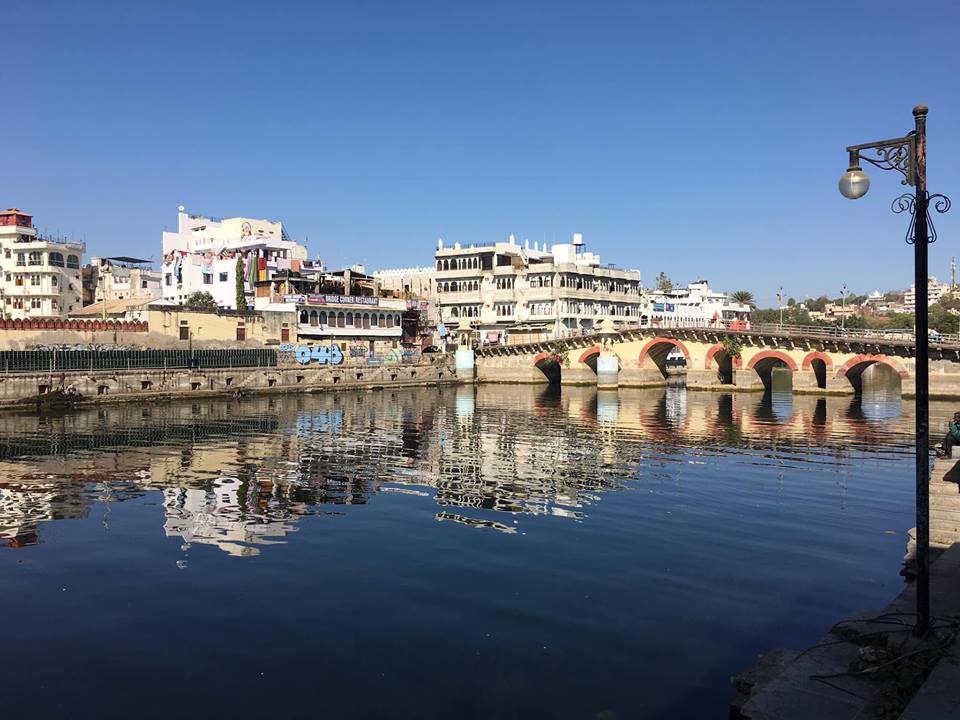
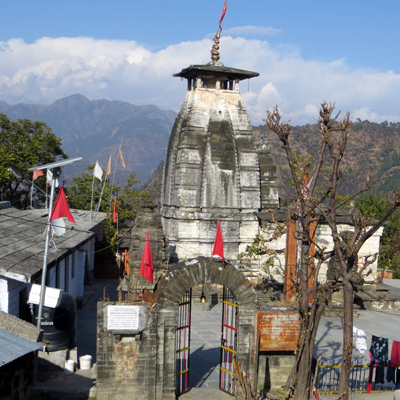

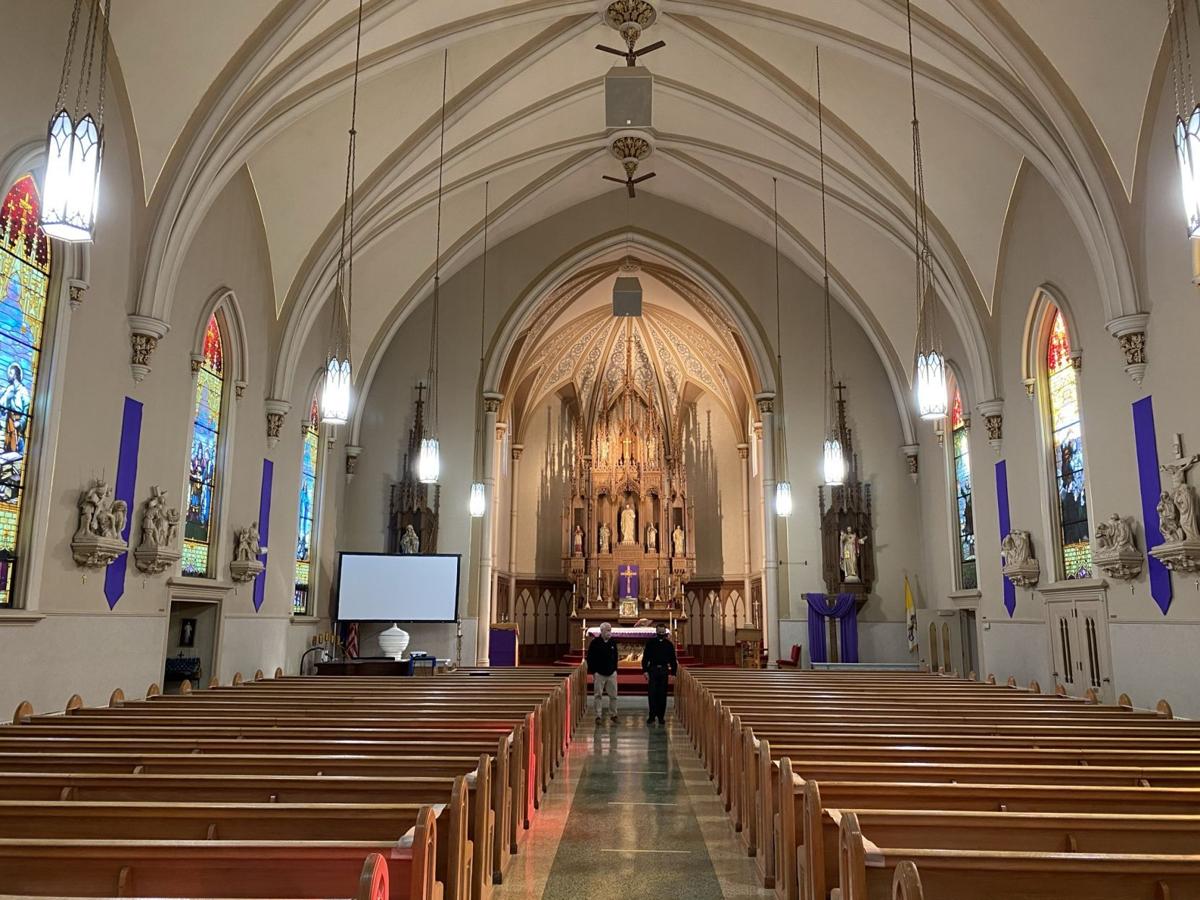

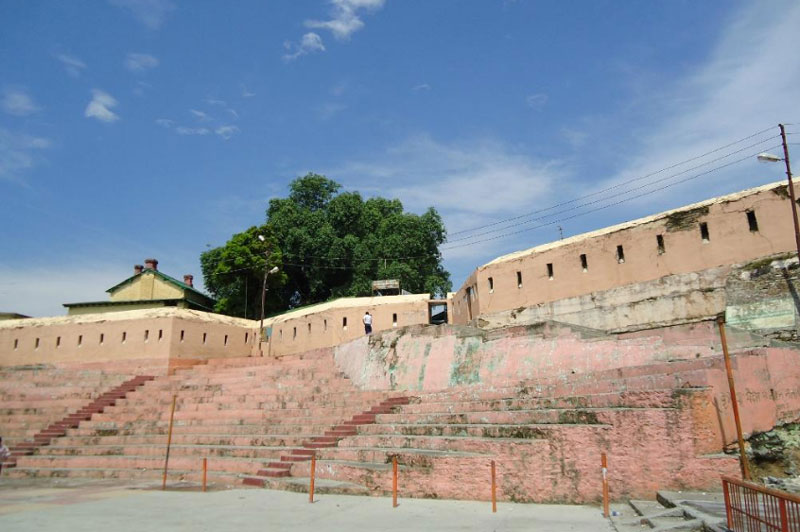



11 Comments
Comments are closed.